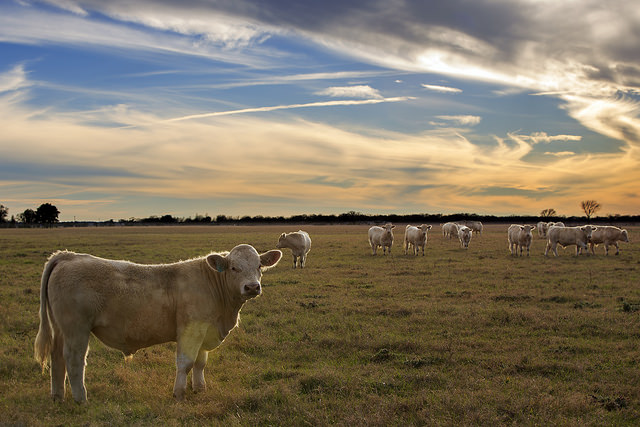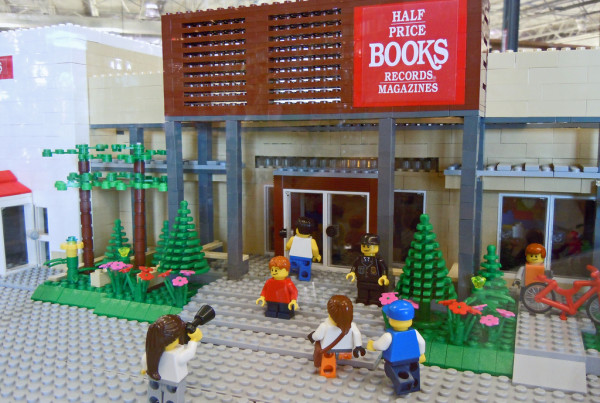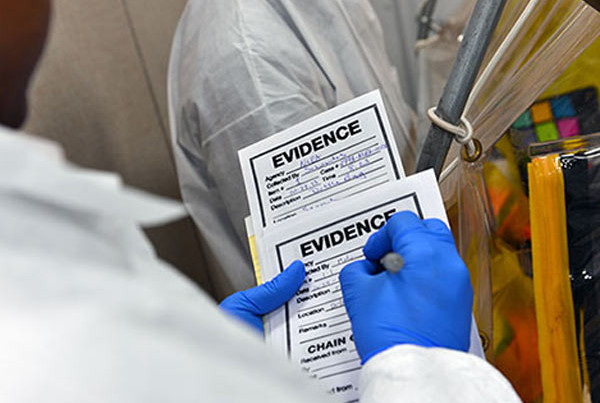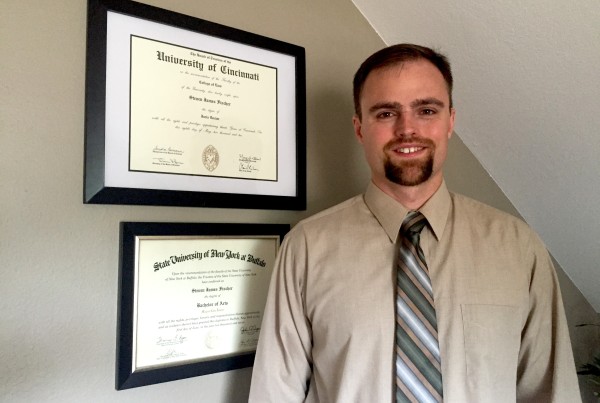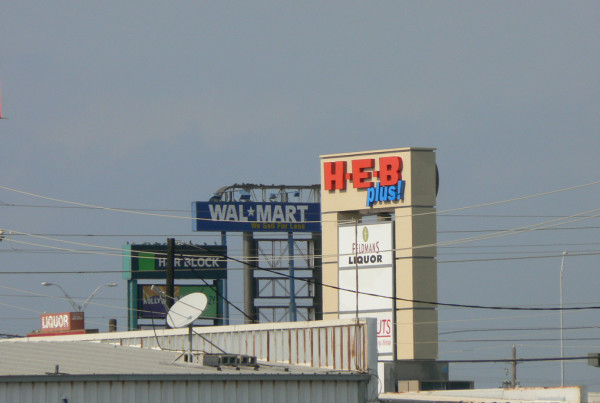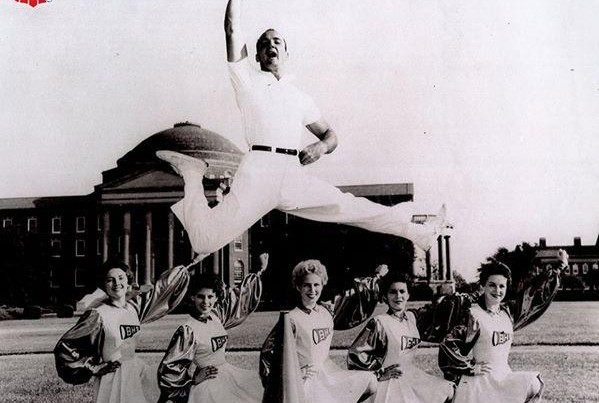This story originally ran on Marfa Public Radio.
It’s a dilemma: the drought forced some ranchers to sell off their cattle. And now the land is productive again. But, according to Bruce Carpenter, a livestock specialist from Fort Stockton, it’s not so easy to get back in the game.
“If you got ‘em, that’s great news. If you’re trying to buy them to restock after a drought, that’s kind of tough news,” Carpenter says. “And that’s where a lot of our folks are. Some folks actually completely de-stocked and have been sitting here waiting on pastures to recover. And that takes awhile.”
The pastures are recovering, but West Texas didn’t see the heavy rains that drenched the rest of the state. And the price tag on a cow may cause some sticker shock. How high are prices today?
“Well, relative to even 5 years ago they’re probably 30, 40 percent higher. Relative to what they were 10 years ago, they’re probably twice as high as they were,” Carpenter says.
Another path is to expand your herd the natural way. Carpenter advises ranchers on their pregnancy options. You can buy a bull. That will set you back $7,000. Or you can use modern technology.
“You know, artificial insemination is from what I’ve seen — and the people I’ve talked to –[there’s] probably more interest in that in the commercial cattle industry than ever has been,” Carpenter says. “I know that some of the companies that do sell bull semen across the United States are actually out. They’re out-of-stock on some bulls, because the cost of semen has not gone up relative to the cost of a live bull.”
West Texas ranchers have enjoyed a wet year, but Carpenter advises them to take the long view.
“The drought’s never over in West Texas. We ought to be planning for the next one right now. You know everything cycles. I’m not sure in the range country of the Western United States, there ever is a real normal. I think we just go through these cycles and that is what’s normal,” Carpenter says.
And even if the pieces do fall into place for a cattle-raiser, it’s not time to kick up your boots just yet. This wet year may be a blip on the weather timeline. He says we’re 10 years into a 30-year drying cycle.
“Well, that’s the problem with the cattle business. The cow-calf business doesn’t run on a yearly cycle. So really, we encourage people to look at the lifetime investment on a female over a 9 or 10-year period. And then you have to project where prices are going to be on her calves. Based on some of the things that we are being told, calf prices probably are going to go back down in the next 2 or 3 or 4 years, just because supplies are probably going to go back up,” Carpenter says. “Ranching is a tough business, and you’re dealing with a lot of unknowns.”
And in West Texas, ranchers are each taking different roads to a solution.


